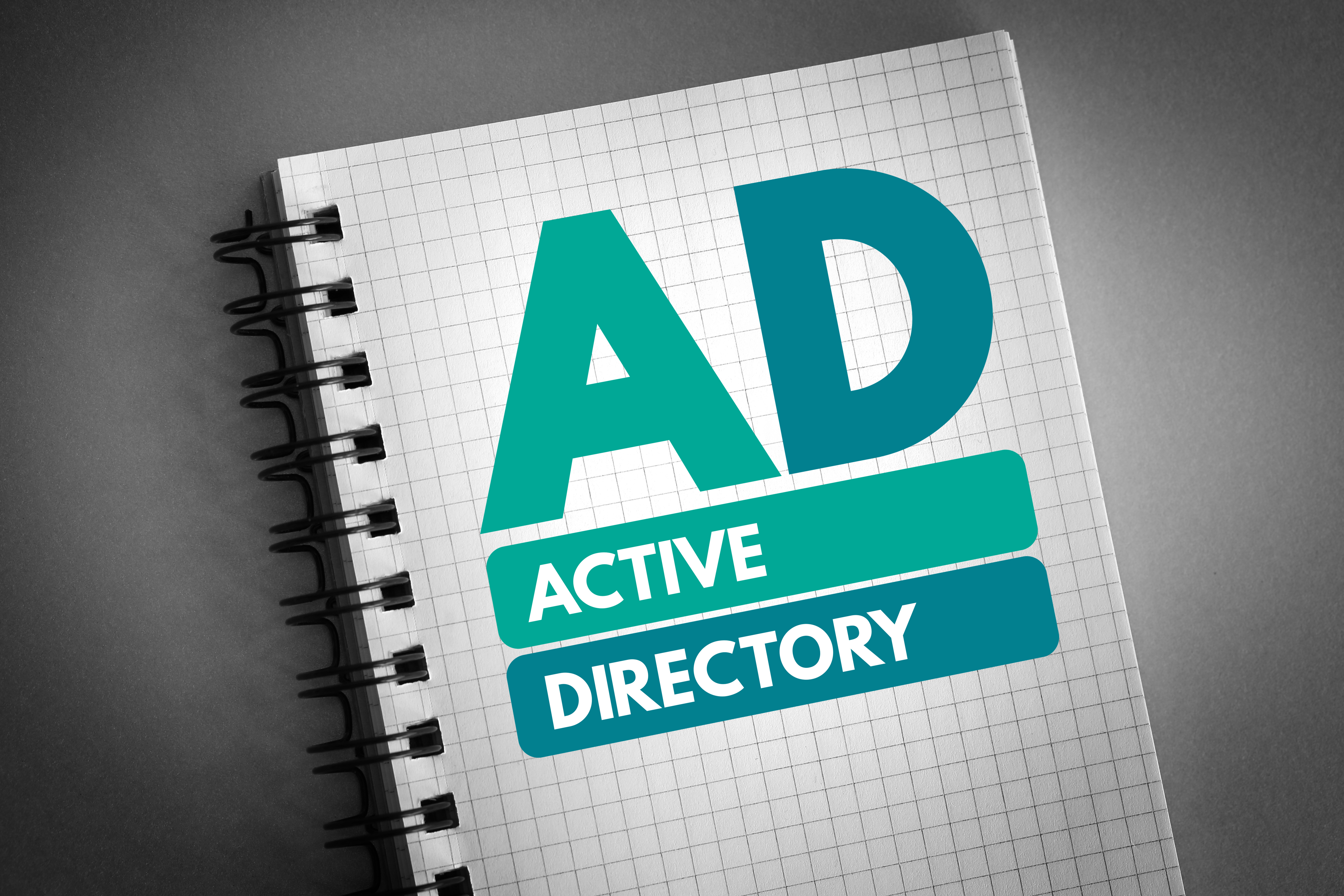Automate OU cleanup in AD with PowerShell (Expert Guide)
September 29, 2025
Automating OU cleanup in Active Directory with PowerShell: the expert’s comparison guide
Active Directory · PowerShell automation
Automating OU cleanup in Active Directory with PowerShell: the expert’s comparison guide
A practical, production-oriented approach to discover, stage, delete, and prune—safely.
Short definition for snippets: Automating OU cleanup means discovering…


